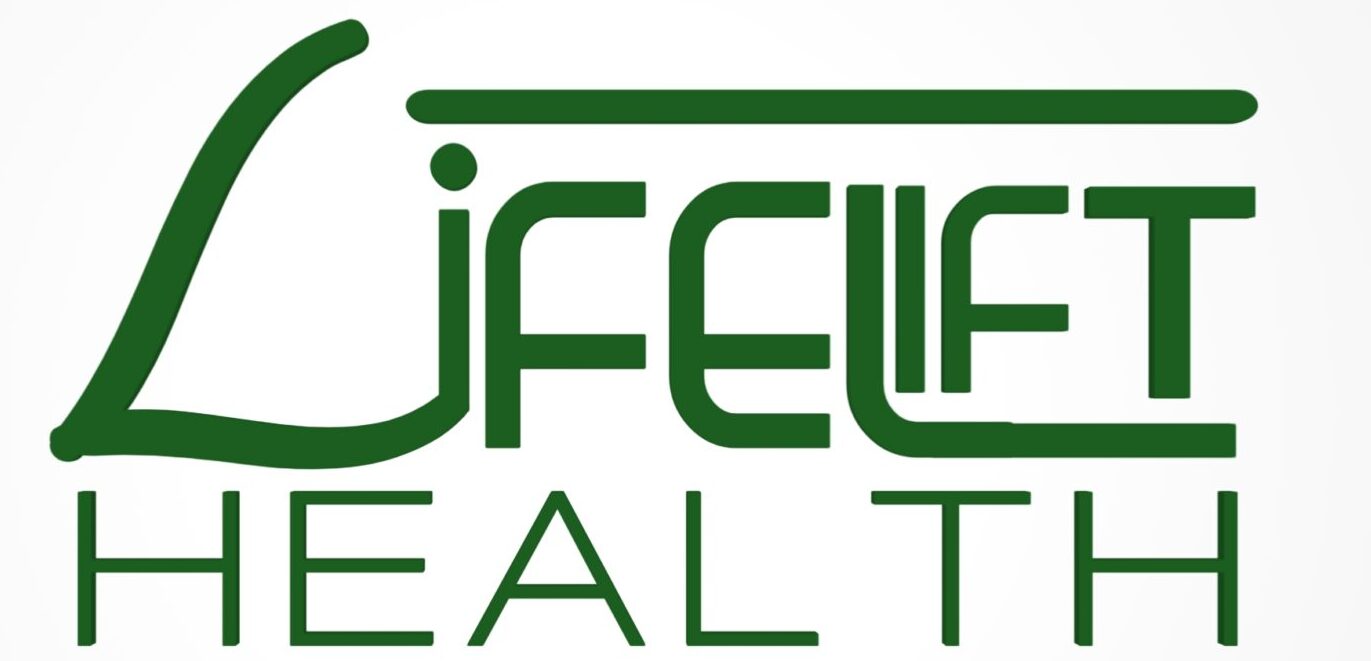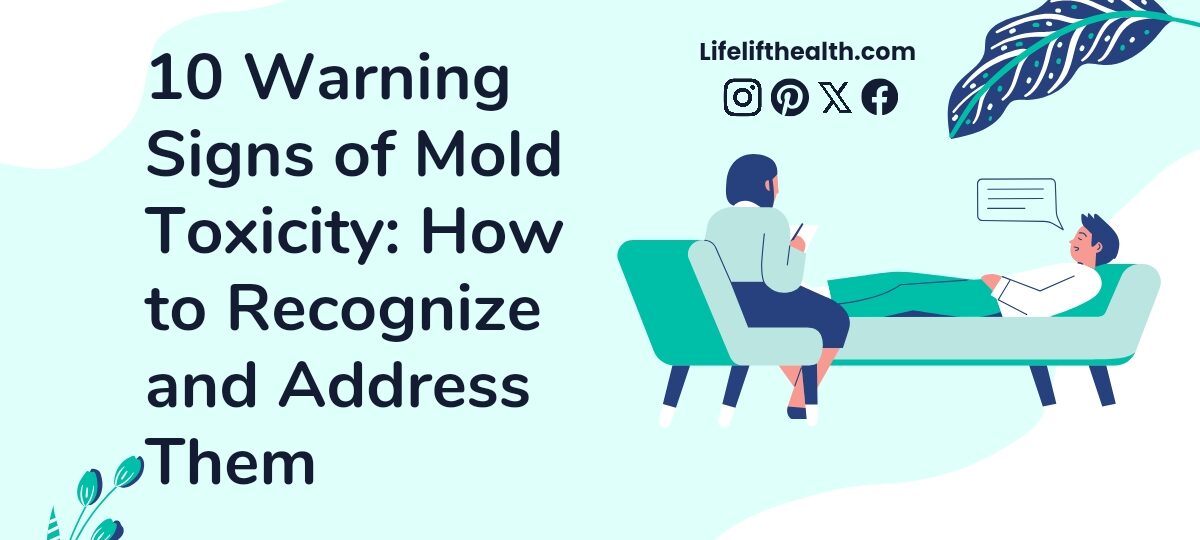Find the 10 admonition signs of mold toxicity in this far reaching guide. Figure out how to distinguish, address, and forestall mold-related health issues.
Presentation: 10 admonition signs of mold toxicity
Mold toxicity is a serious health worry that can frequently slip by everyone’s notice until side effects become extreme. Understanding the admonition signs is vital for early recognition and counteraction. In this article, we’ll dive into the ten critical marks of mold toxicity, offering bits of knowledge, tips, and significant stages to defend your health and prosperity.
What is Mold Toxicity?
Mold toxicity, otherwise called mold sickness or mold-related disease, happens when openness to mold spores triggers unfavorable health impacts in powerless people. These impacts can go from gentle uneasiness to extreme respiratory issues and neurological issues.
Grasping Mold Openness
Mold openness can happen both inside and outside. Inside, it flourishes in moist, ineffectively ventilated regions like cellars, restrooms, and upper rooms. Outside, mold spores are universal in the climate, yet indoor openness will in general be more focused and dangerous.
The Job of Mycotoxins
Mycotoxins are harmful mixtures delivered by specific molds. When breathed in or ingested, they can hurtfully affect the body, prompting different side effects and health entanglements related with mold toxicity.
10 Admonition Signs of Mold Toxicity
Mold is a parasite that flourishes in sodden and sticky conditions. While certain kinds are innocuous, others produce poisons that can adversely affect your health. Mold toxicity, generally called mold sickness or mycotoxicosis, happens when you take in or ingest these toxins. Incidental effects can vacillate dependent upon the sort and proportion of mold receptiveness, as well as individual responsive characteristics. The following are 10 normal admonition signs of mold toxicity:
- Sensitivities and Respiratory Issues: Mold openness can set off sensitivities or deteriorate existing respiratory issues. You might suffer from unexpected spells of wheezing, hacking, sneezing, tiredness, sinus infections, or asthma-like symptoms.
- Skin Issues: Mold can aggravate the skin, causing rashes, hives, or irritated patches.
- Exhaustion and Shortcoming: Mold toxicity can prompt ongoing weariness, low energy levels, and general sensations of shortcoming.
- Cerebrum Haze and Memory Issues: Many individuals with mold toxicity experience trouble concentrating, absent mindedness, and mental mist.
- Cerebral pains and Unsteadiness: Successive migraines, headaches, or wooziness can be signs of mold openness.
- Sinus Issues and Clog: Mold can deteriorate sinus issues, prompting blockage, migraines, and facial tension.
- Stomach related Issues: Mold openness can upset your stomach related framework, causing queasiness, heaving, looseness of the bowels, stomach torment, or bulging.
- Expanded Aversion to Scents: Individuals with mold toxicity frequently report uplifted aversion to scents and synthetic substances.
- Temperament Swings and Wretchedness: Mold openness can influence your mind-set, prompting tension, peevishness, or despondency.
- Repeating Contaminations: Mold can debilitate your resistant framework, making you more powerless to visit diseases, like sinus contaminations or bronchitis.
On the off chance that you experience a few of these signs and suspect mold openness, counseling a healthcare proficient for legitimate finding and treatment is critical. They can survey your side effects, suggest testing for mold in your current circumstance, and foster an arrangement to address the issue.
FAQs
Q: Can mold toxicity impact youths?
To be sure, mold toxicity can impact individuals of all ages, including kids. Young people, the more seasoned, and individuals with compromised safe systems may be more weak to the adversarial effects of mold receptiveness.
Q: How should I test for mold toxicity in my home?
A couple of techniques can be used to test for mold in your home, including DIY test units, capable assessment organizations, and air quality testing. Chatting with a guaranteed mold remediation master is fitting for exact assessment and remediation.
Q: How might it be fitting for me to answer if I suspect mold toxicity?
If you suspect mold toxicity, it is key to take a short action. Start by addressing any apparent mold development, further developing ventilation and dampness control, and looking for clinical consideration for side effects that continue or deteriorate.
Q: Can mold toxicity be dealt with?
Treatment for mold toxicity normally includes addressing the basic mold openness, supporting the body’s detoxification processes, and overseeing side effects through medicine, nourishing help, and way of life changes.
Q: How might I forestall mold toxicity?
Forestalling mold toxicity includes proactive measures to control dampness levels, further develop ventilation, address water spills expeditiously, use mold-safe materials, and keep up with tidiness in indoor conditions.
Q: Is mold toxicity perilous for pets?
Indeed, mold toxicity can influence pets similarly as people. Pets presented to mold might encounter comparative side effects, including respiratory issues, skin issues, and neurological side effects. Veterinary consideration might be vital for finding and treatment.
Conclusion
Perceiving the admonition signs of mold toxicity is fundamental for shielding yourself and your friends and family from potential health chances. By figuring out the side effects, going to preventive lengths, and looking for opportune intercession, you can alleviate the effect of mold openness on your health and prosperity.

